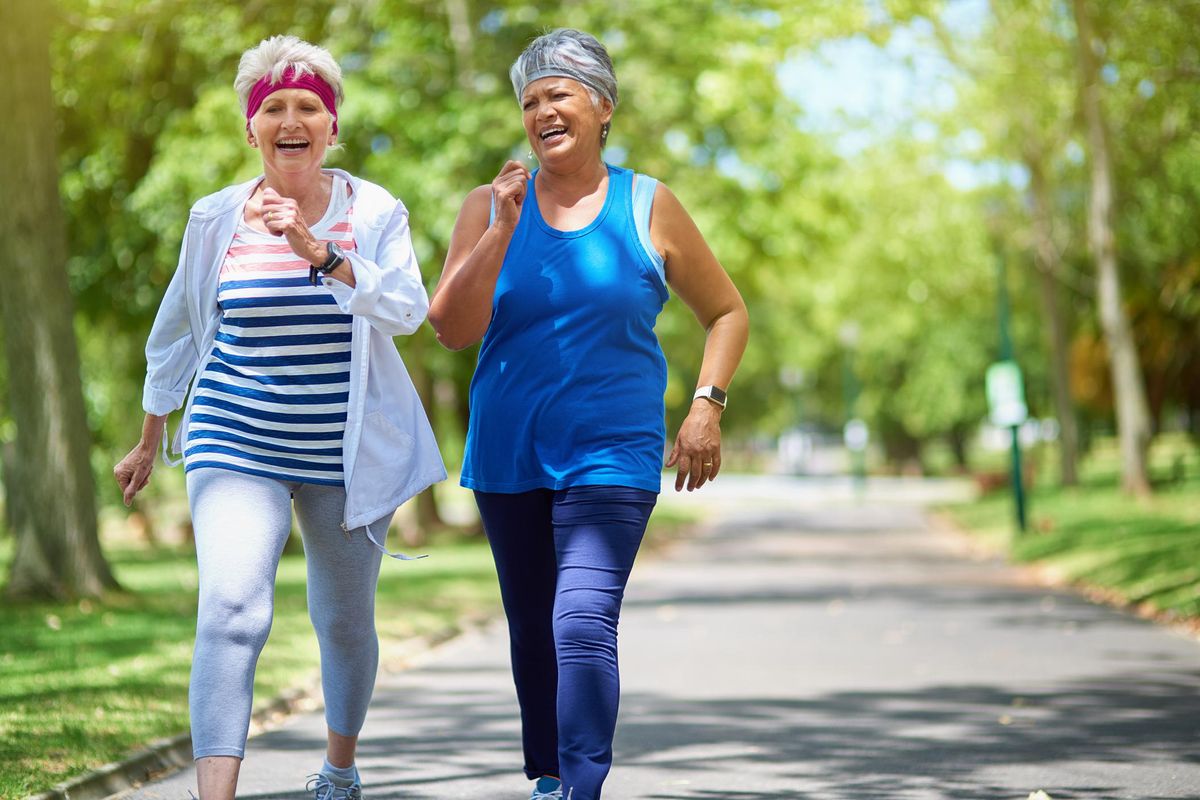This article has been archived. We will no longer be updating it. For our most up-to-date information, please visit our bone health information here.
By now you've read about the various treatments available for arthritis, osteoporosis and various joint problems. How about preventing the damage and pain in the first place?
Here are some ways to get started.
- Work on those quads. A recent study found while stronger thighs won't prevent osteoarthritis of the knees, it can reduce the amount of pain or stiffness with knee osteoarthritis. Squats and lunges, as well as certain exercises with weights, can help strengthen quadriceps.
- Get your omega-3 fatty acids. Our diets today have gotten out of balance when it comes to omega-3 versus omega-6 fatty acids. The former are primarily found in fatty fish and some nuts and seeds, such as flaxseeds. The latter are found in many vegetables, such as corn and corn oil. While the anti-inflammatory benefits of omega-3 fatty acids (think fish oil supplements) is well known, less known is the fact that your intake of these fats can affect both bone formation and the rate at which bone is broken down. One study of 1,532 people between the ages of 45 and 90 found that the more omega-3 fatty acids they consumed and the fewer omega fatty-6 acids, the better their bone mineral density at the hip.35 While eating a fatty fish like salmon twice a week is a good way to go, you can also swallow a couple of fish oil supplements every morning.
- Dig some D. Vitamin D, the so-called “sunshine" vitamin, helps your body absorb calcium and maintain enough calcium and phosphate in your blood so it doesn't get pulled out of bone. It also enables bone growth and the breaking down and building up of bone. Low levels of vitamin D not only contribute to osteoporosis, but also a condition called osteomalacia, in which you feel an aching pain in your bone even as the bone weakens. Low vitamin D also causes muscle weakness, which can lead to falls and fractures in older people. The best source of D is sunlight, but it's nearly impossible to get enough in the fall and winter or if you're using sunscreen. That's why supplements are your best bet. The Institute of Medicine (IOM) recently raised its recommended daily level of vitamin D to 600 international units (IUs) for anyone up to age 71 years old, including children, and as much as 800 IUs for those 71 and older. Some experts recommend supplementing with at least 1,000 IUs of vitamin D a day.
Having said all that, you still need the calcium—1,200 mg a day is recommended for most women. Don't skip it even if you're already taking medication for osteoporosis. You still need both calcium and vitamin D supplements to get maximum results from the medicine. Take the calcium in divided doses of 500 or 600 mg a day. - Quit smoking. Women who smoke tend to have lower bone density and higher risk of fractures than women who don't, possibly related to lower calcium absorption and production of estradiol.
- Hit the road. As with nearly any chronic disease, exercise reduces your risk of osteoporosis and arthritis. By strengthening muscle and aiding in weight loss, exercise can reduce the strain on joints. Weight-bearing exercise such as walking also helps maintain bone density—no matter what your age. Keep it low-key, however; the pounding of running and other high-intensity exercise can damage joints and ligaments, leading to inflammation, pain and, eventually, arthritis.


